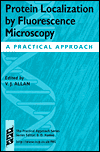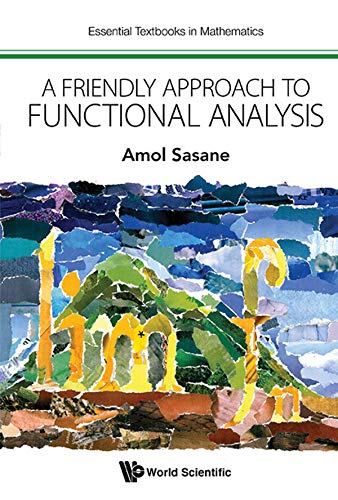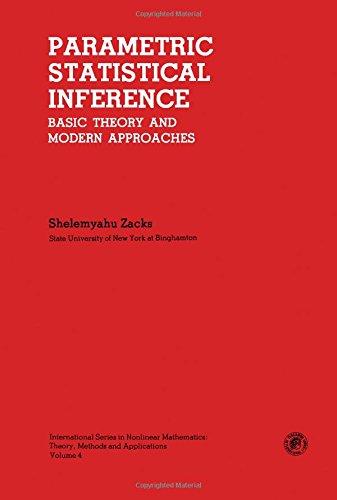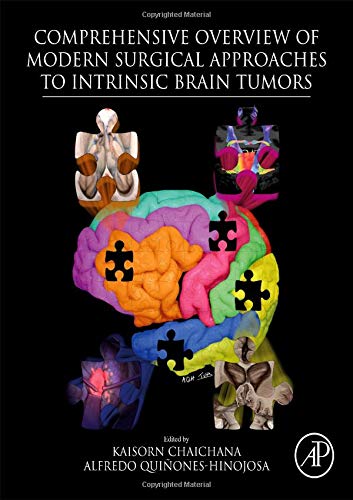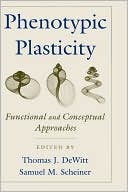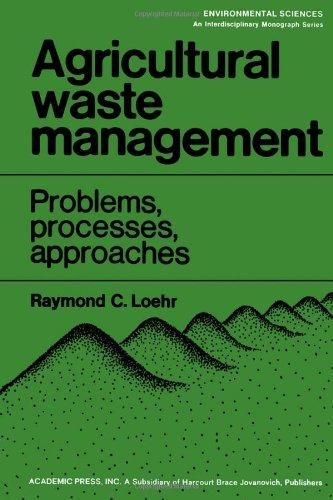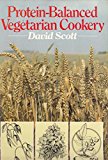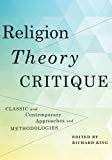Protein Localization by Fluorescence Microscopy: A Practical Approach
There are an ever-increasing number of genes that have been sequenced but are of completely unknown function. The ability to determine the location of such gene products within the cell, either by the use of antibodies or by the production of chimeras with green fluorescent protein, is a vital step towards understanding what they do. This is one major reason why fluorescence microscopy is enjoying a revival. This no-nonsense guide provides detailed, practical advice on all aspects of the subject: from choosing the right equipment, to interpreting results. It balances the advantages of a wide range of techniques - including live cell work - against the potential pitfalls, offering invaluable "tricks of the trade" along the way. Protein Localization by Fluorescence Light Microscopy: A Practical Approach has something to offer all microscopists, giving a solid grounding to the novice while extending the range of the experienced user.
Eugene A. Davidson
Techniques for specific localization of macromolecules are provided in this how-to volume. The purpose is to present methods of protein localization. These worthy objectives have been partly met by the editor. Students, fellows, and senior personnel will reference this book for practical directions for finding their favorite protein. A short overview of immunofluorescence as a technique is followed by chapters on fixation methods, instrumentation, and application to living cells, yeast, and Drosophila. Most of the chapters contain detailed protocols which will enable the reader to apply the chosen technique. It is of value to all to have included limitations of the various methods as well as their virtues. Thus, most will appreciate the discussions on confocal microscopy and resolution. The coverage is limited, however, to eukaryotic systems, leaving those working in microbial systems to search elsewhere for information. The recent development of green fluorescent protein fusions as a localization tool is recognized but limited to material in plant cells. Despite the omissions noted, this volume will be of interest to those needing to find a protein in a eukaryotic cell and perhaps monitor its localization depending on cell cycle or growth conditions.
| Name in long format: | Protein Localization by Fluorescence Microscopy: A Practical Approach |
|---|---|
| ISBN-10: | 0199637407 |
| ISBN-13: | 9780199637409 |
| Book pages: | 231 |
| Book language: | en |
| Edition: | 1 |
| Binding: | Paperback |
| Publisher: | Oxford University Press |
| Dimensions: | Height: 6.1 Inches, Length: 9.1 Inches, Weight: 0.9700339528 Pounds, Width: 0.5 Inches |

